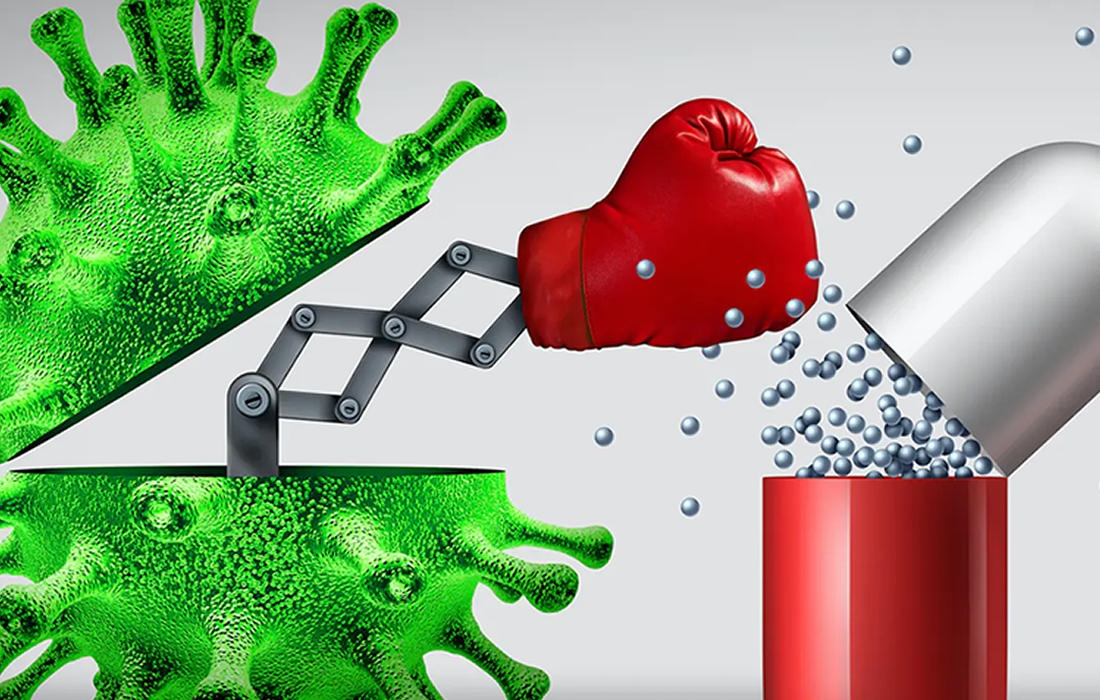Regenerative Medicine News and General Information
Antibiotic Resistance, a Growing Problem
Modern health care is not only reliant on antibiotics to treat infectious disease but also to prevent infections during surgery or immune suppression. Escalating levels of antibiotic resistance impose a substantial burden on medical practice. It is generally believed the evolution of antibiotic resistance is an inevitable consequence of antibiotic use.
Antibiotic resistance is the ability of some bacteria to make changes on its conformation to prevent drugs from having an effect among them. This resistance is a major concern due to the risk of loss of efficacy in the prevention and treatment of a big amount of infections.
The use of microorganisms to protect against infections has been documented in ancient China, Greece and Egypt, while the modern use of antibiotics began following Alexander Fleming’s discovery of penicillin in 1928.
Today, bacterial resistance to antibiotics is a serious growing health issue. The World Health Organization (WHO) describes antibiotic resistance as “one of the biggest threats to global health, food security, and development today.”
Researchers have found that antibiotic resistance has been exacerbated by the overuse of antibiotics, inappropriate prescribing and the extensive use of these drugs in intensive livestock farming.
A study performed at the National Institute of Infectious Diseases in Argentina estimated that if the antibiotic resistance continues at its current rate for 2050 the first cause of death would be due to pharmacoresistant microorganisms.
Researchers have found that as some bacteria develop resistance to one antibiotic, they can develop sensitivity to another at the same time and that switching between these antibiotics may be one way to prevent this. However, the researchers behind one study show that very few bacteria operate this way, suggesting that antibiotic cycling has a limited value.
Research from the Public Health England (PHE) shows that doctors diagnose 178 antimicrobial resistant infections each day. Profesor Isabel Oliver, director of the National Infection Service at PHE said in an interview to Medical News Today, “We want the public to join us in tackling antimicrobial resistance, listen to your family doctor, pharmacist, or nurse’s advice, and only take antibiotics when necessary.”
Andrew M Beckley, et al evaluated the use of cycling between antibiotics to delay or inhibit bacterial resistance to drugs. They conducted a retrospective study of 448,563 antimicrobial susceptibility test results. They found 69 pairs of antibiotics that had some of the properties of disjoint resistance for subpopulations of the six most common bacterial pathogens.
By contrast, more than half of the pairs of antibiotics showed concurrent resistance, meaning that bacteria were typically resistant to both antibiotics.
Furthermore, this concurrent resistance extended to triplets of antibiotics to a greater extent than the researchers had predicted based on the data for the pairs of antibiotics. This suggests that as bacteria develop resistance to one antibiotic they are more likely to develop resistance to multiple others, the researchers believe.
The researchers concluded that cycling antibiotics might offer some benefit, but doubt that it will offer a sustainable and broadly applicable cure for the rise of antibiotic resistance and that more studies need to be made to find a better approach to this growing problem.
Sources:
Andrew M Beckley, et al. Identification of antibiotic pairs that evade concurrent resistance via a retrospective analysis of antimicrobial susceptibility test results. The lancet. July 23, 2021.
Source link: https://www.thelancet.com/journals/lanmic/article/PIIS2666-5247(21)00118-X/fulltext
Source link: http://antimicrobianos.com.ar/ATB/wp-content/uploads/2015/06/Article1.pdf

